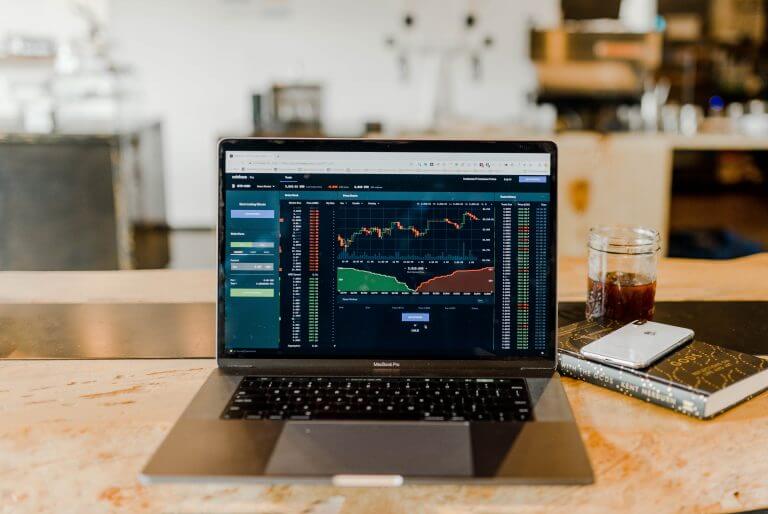High-frequency trading (HFT) uses computer algorithms to quickly execute multiple orders at once. These algorithms use indicators from technical analysis of market data to predict future movements. The algorithm then executes multiple transactions in a short period of time, taking advantage of very small price differences.
A defining characteristic of HFT is its ability to take advantage of price differences caused by market conditions that are only available for a limited period of time. This ability to take advantage of fleeting market conditions allows HFT traders to make profits from high-volume trades, even if the individual profit per trade is relatively small. In addition, HFT algorithms are designed to constantly adapt and evolve based on market conditions, ensuring that they remain competitive and continue to generate profits.
Applying high frequency trading
One common tactic is market making. HFT traders or firms constantly quote buy and sell prices to profit from the bid-ask spread. The goal of statistical arbitrage is to profit from the short-term undervaluation of assets. Because of the millisecond nature of these algorithms, HFT requires state-of-the-art hardware and an understanding of market dynamics to be profitable. Proponents of HFT say it increases market liquidity and efficiency, while opponents say it can cause market volatility.
Financial institutions have faced regulatory hurdles in implementing HFT. Finding a middle ground between encouraging innovation and protecting market integrity is a challenge. Regulators are investigating allegations of HFT-related market manipulation and flash crashes. Measures such as circuit breakers and minimum rest periods for orders have been introduced to reduce the dangers of HFT. Discussions on how to maximize the benefits of HFT while minimizing its risks continue as regulators adapt to the changing scenario.









